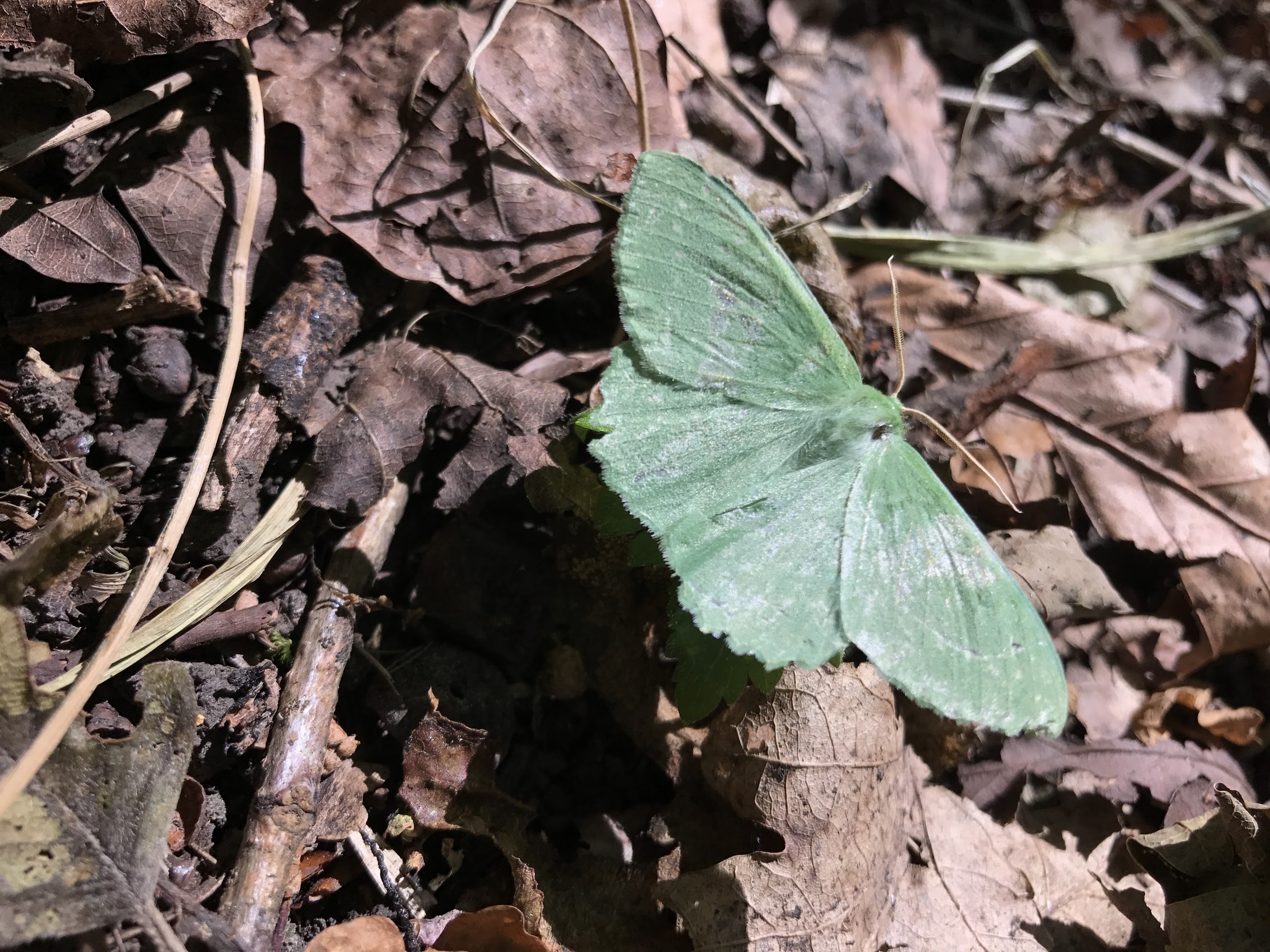Research
Woodland conservation
Many species depend on woodlands for resources and need hedgerows or woodland corridors for dispersal. While some species are very sensitive to localized changes in their environment, others are affected predominantly by landscape-scale changes. Our research has investigated the effects of different aspects of woodland management within the ‘farmscape’. For example, we have studied how management of individual woodlands can affect small mammal distribution and abundance, in particular the impacts of deer grazing and the consequences for avian and mammalian predators. Another study investigated how the distribution, extent, and management of woodlands within the landscape influenced the abundance, diversity, and movements of macro-moths, emphasizing woodland fragmentation and edge effects. These small mammal and moth research projects highlight some key conservation issues for woodland management: in order to maintain forest ecosystem functionality within smaller woodlands, grazing pressure on forest regeneration needs to be controlled (in the absence of large predators, such as lynx). This will encourage a well-developed three-dimensional forest understorey structure to provide small mammals and ground-nesting birds with cover from predators, while simultaneously providing food and nesting opportunities. Forest specialist moths can be accommodated through the implementation of a two-tier management approach for larger woodlands, which serves to create core areas of dark, sheltered, and humid forest, while buffering these with lighter zones of more open woodland. At the landscape scale, maintaining sufficient connectivity between woodland patches facilitates dispersal of woodland species, and hence also ecologically restores depauperate ‘farmscape’ areas.
Christina D. Buesching
Eleanor M. Slade
Thomas Merckx
David W. Macdonald
Ruth Feber
References
C D Buesching, E Slade, T Merckx, D W Macdonald (2015) Local and Landscape-scale Impacts of Woodland Management on Wildlife. In: Wildlife Conservation on Farmland. Volume 1: Managing for Nature on Lowland Farms. Edited by: D W Macdonald & R E Feber. pp. 224-240, Oxford University Press.
T Merckx, E M Slade (2014) Macro-moth families differ in their attraction to light: Implications for light-trap monitoring programmes. INSECT CONSERVATION AND DIVERSITY 7: 453-461.
E M Slade, T Merckx, T Riutta, D P Bebber, D Redhead, P Riordan, D W Macdonald (2013) Life-history traits and landscape characteristics predict macro-moth responses to forest fragmentation. ECOLOGY 94: 1519-1530.
T Merckx, R E Feber, D J Hoare, M S Parsons, C J Kelly, N A D Bourn, D W Macdonald (2012) Conserving threatened Lepidoptera: towards an effective woodland management policy in landscapes under intense human land-use. BIOLOGICAL CONSERVATION 149: 32-39
Feber, R.E., Brereton, T.M., Warren, M.S. and Oates, M. 2001. The impacts of deer on woodland butterflies: the good, the bad and the complex. Forestry, 74: 271-276.
.
-
 Large Emerald moth © Ruth Feber
Large Emerald moth © Ruth Feber





